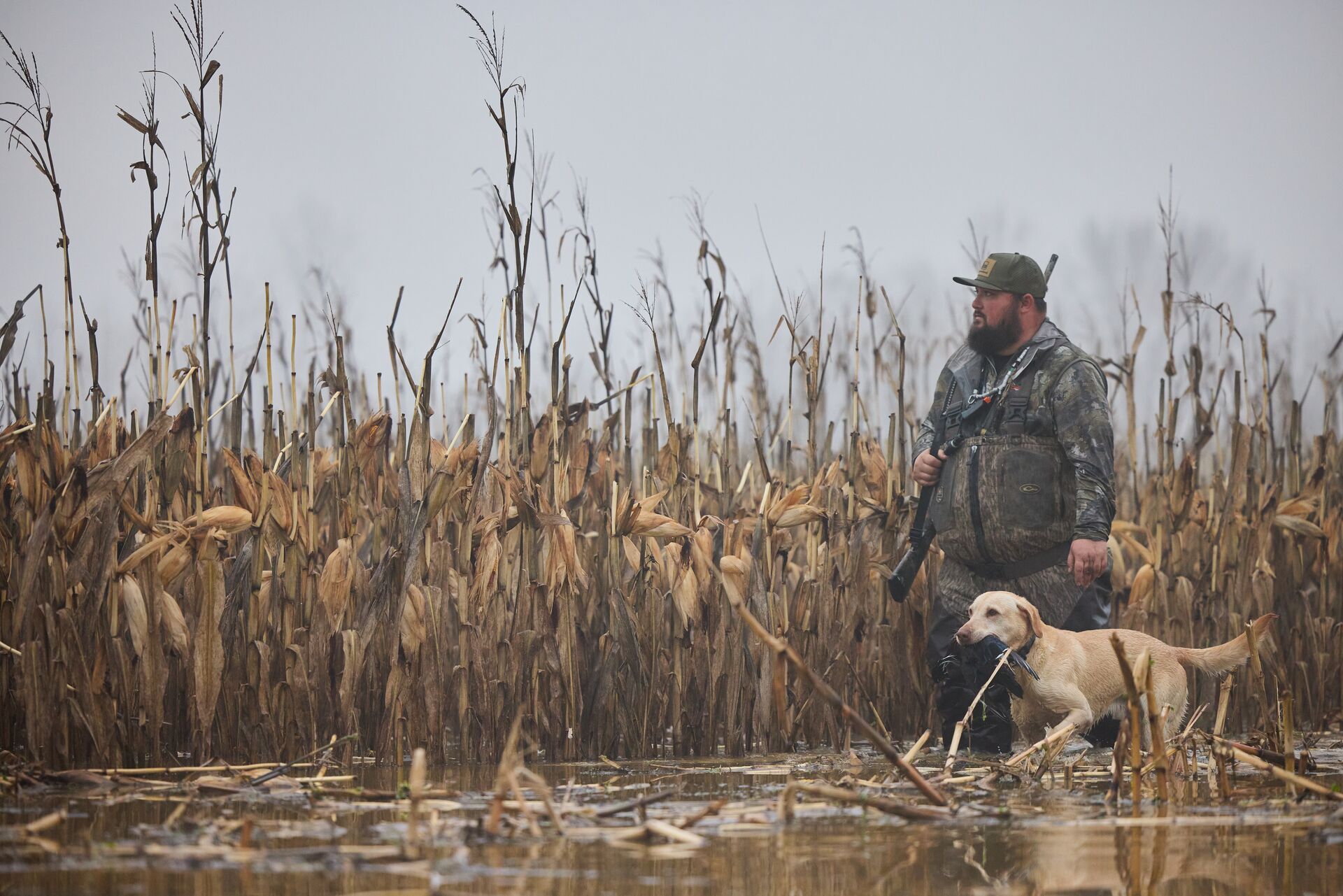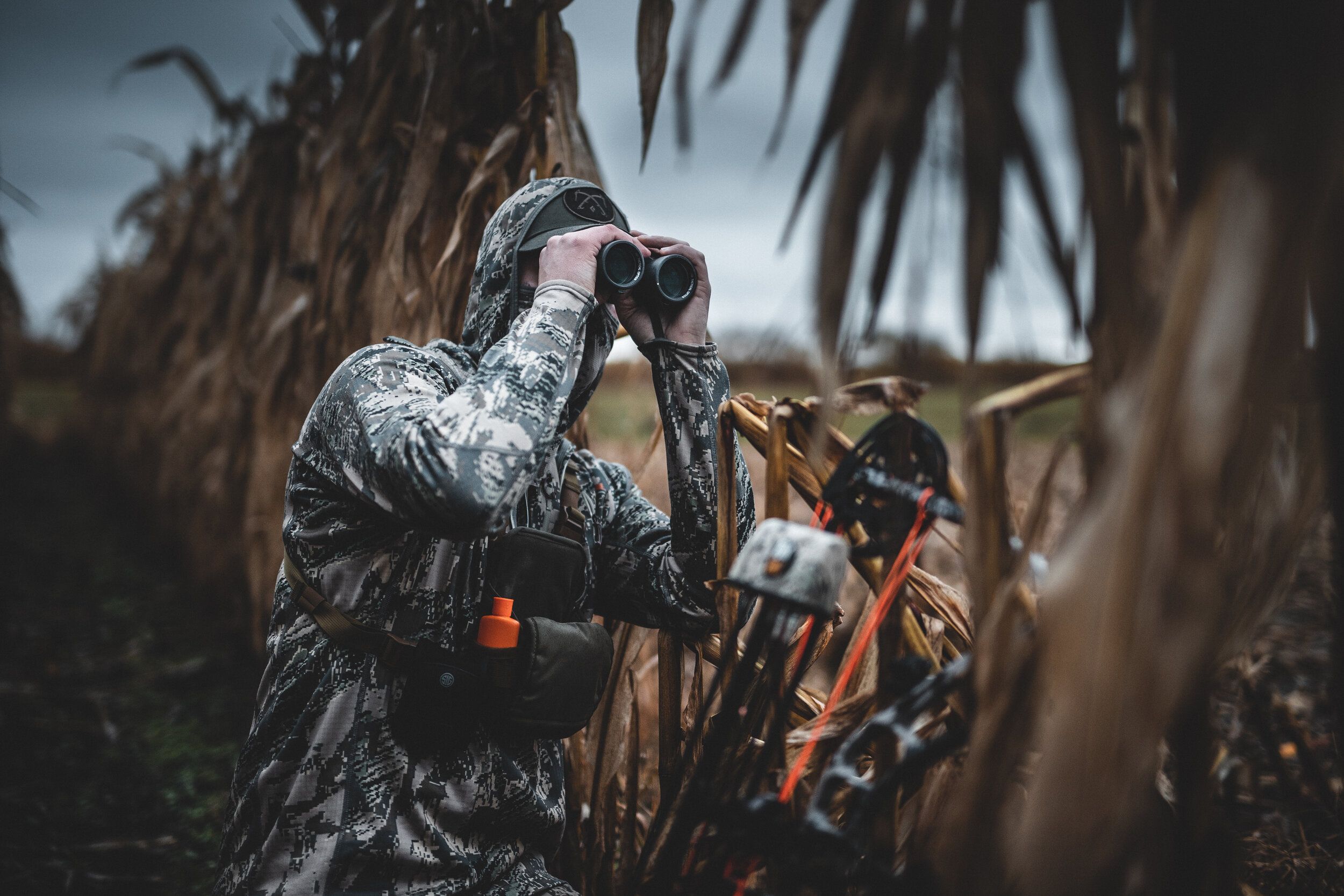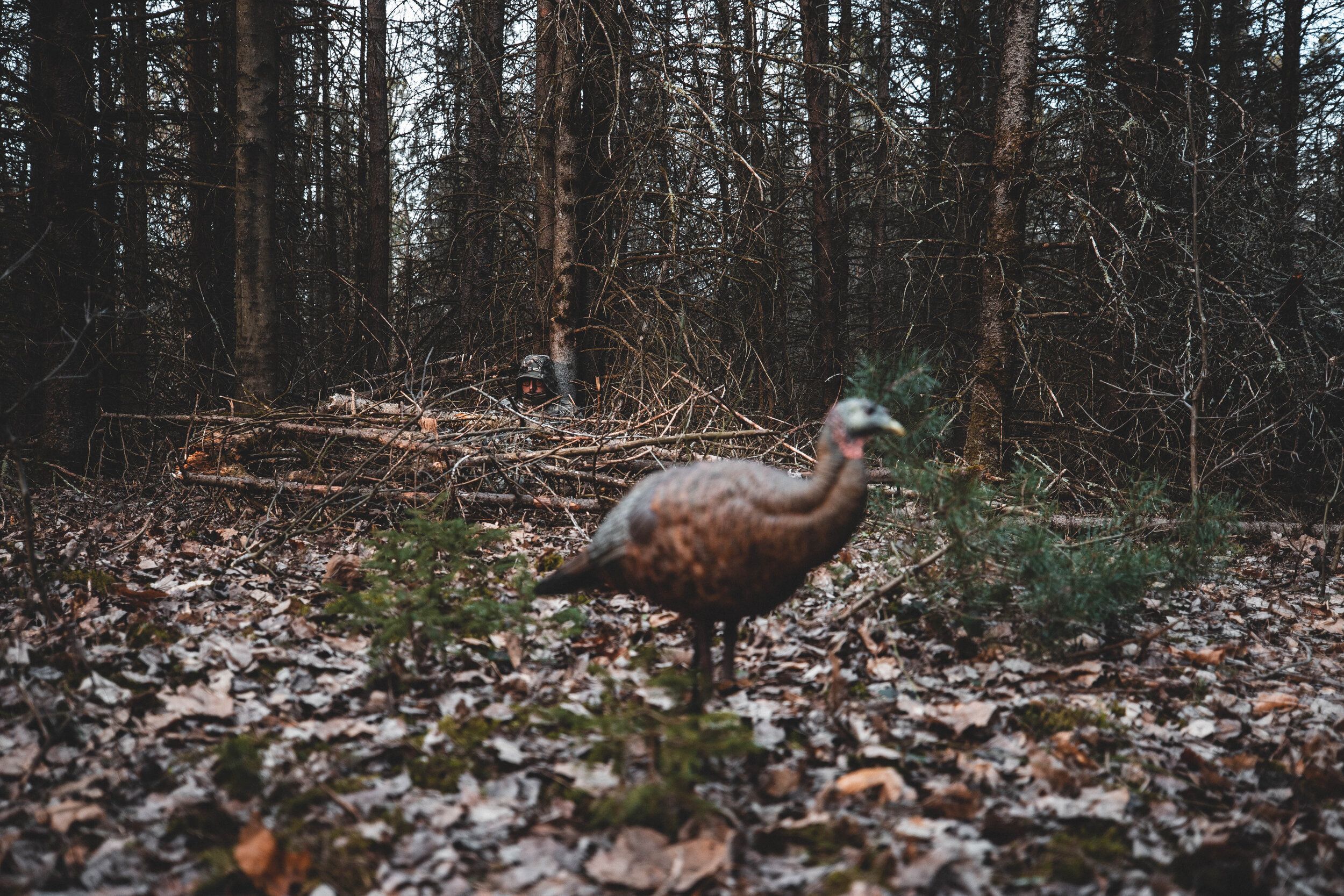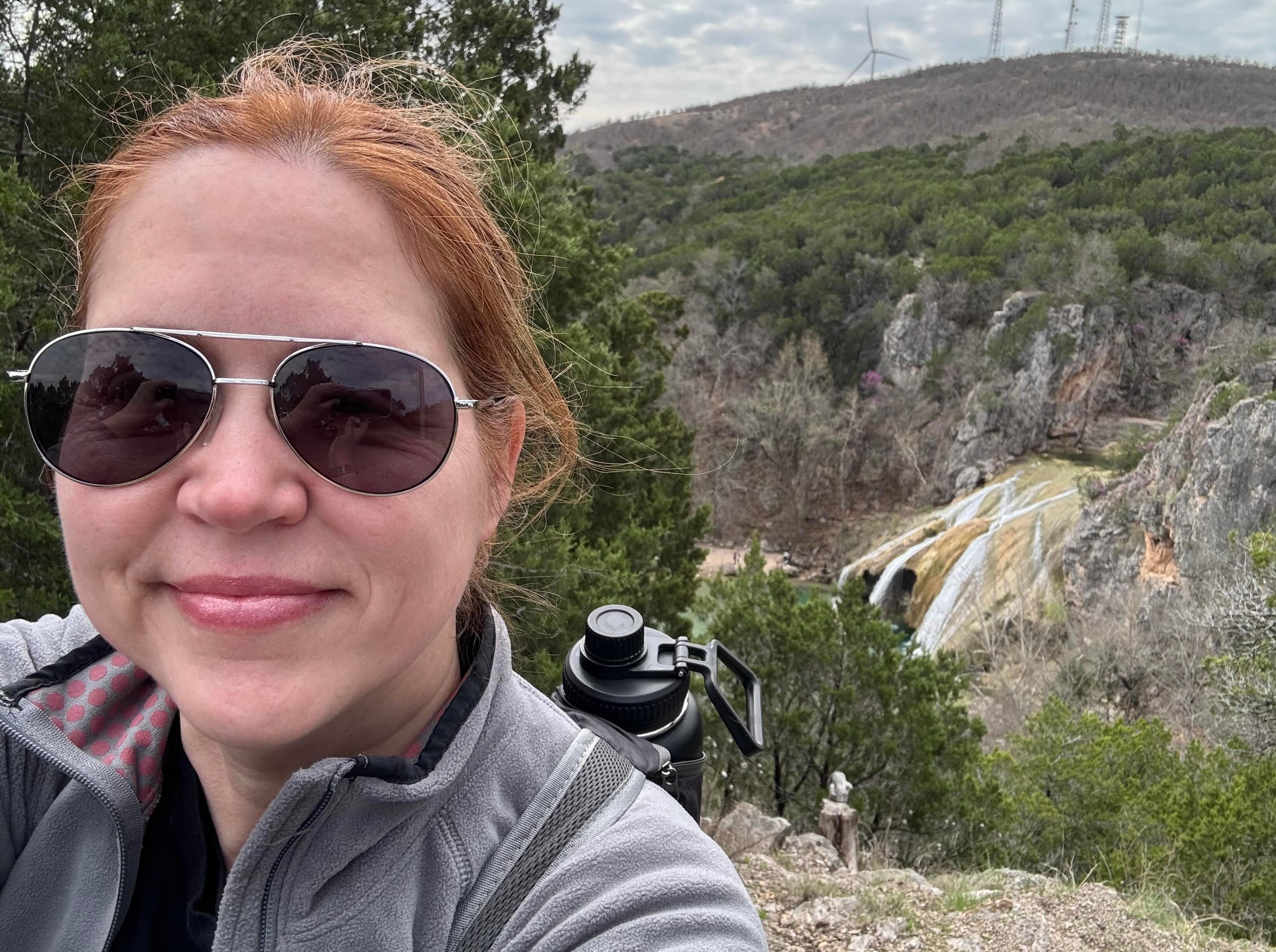Field Guide / Hunting Tips
How To Hunt, Clean, and Cook Your Own Thanksgiving Turkey
Nothing says "field to table," like harvesting your own Thanksgiving turkey. Not only is it a healthier and more economical way to feed your family this Thanksgiving, but it is also a lot more memorable than heading to your local Walmart and picking up a Butterball.
Previous in Hunting Tips
More Content Like This
Hunting In The Wind: 3 Tips That Make It Worth It
As hunters, we have always been told that hunting in the wind will not yield the big buck we've seen on our trail cam. Time after time, we have been told that in high wind conditions, deer movement is almost nonexistent. Read More
Read More
Ethics in Hunting: 9 Principles Every Hunter Should Follow
Hunting is more than just a sport — it's a tradition rooted in respect for wildlife, the environment, and the communities around us. How we behave as hunters is essential to public perception of the hunting community and ensuring this lifestyle's end...Read More
Read MoreHow to Fire Up a Silent Spring Tom
Right before sunrise, gobblers get excited. They're very vocal on the roost and after fly down. It's like when the lights go out at a pro basketball game, the music begins to pump, and the announcer bellows the starting lineup to a hyped-up crowd.Read More
Read More Hunting Tips
Hunting TipsHunting In The Wind: 3 Tips That Make It Worth It
As hunters, we have always been told that hunting in the wind will not yield the big buck we've seen on our trail cam. Time after time, we have been told that in high wind conditions, deer movement is almost nonexistent. Read More
Read More Hunting Tips
Hunting TipsEthics in Hunting: 9 Principles Every Hunter Should Follow
Hunting is more than just a sport — it's a tradition rooted in respect for wildlife, the environment, and the communities around us. How we behave as hunters is essential to public perception of the hunting community and ensuring this lifestyle's end...Read More
Read More Hunting Tips
Hunting TipsHow to Fire Up a Silent Spring Tom
Right before sunrise, gobblers get excited. They're very vocal on the roost and after fly down. It's like when the lights go out at a pro basketball game, the music begins to pump, and the announcer bellows the starting lineup to a hyped-up crowd.Read More
Read More
1 of 3
